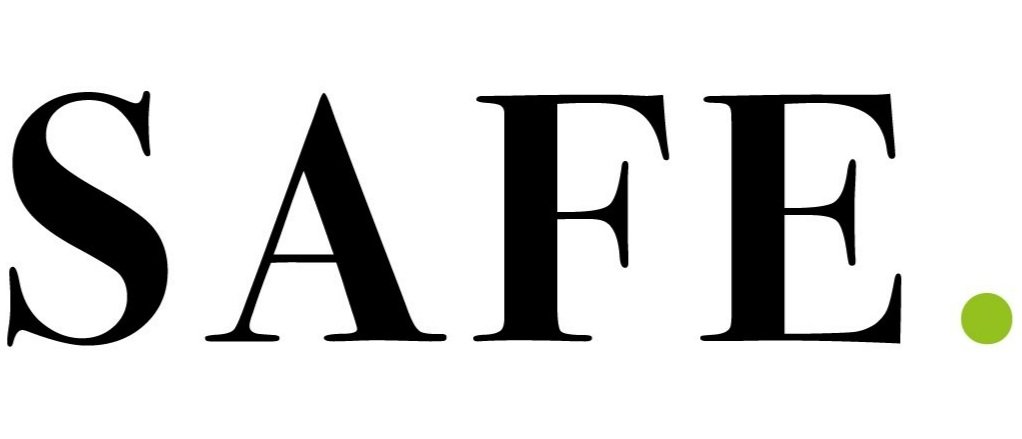December 2020 Webinar Series
In December 2020 we concluded our webinar series on ESG and Responsible Supply Chains. We were honoured to have Bernard Maier from Squire Patton Boggs and Caspar Rawles from Benchmark Mineral Intelligence to elaborate on these key themes affecting our metals markets. For those of you who were unable to join us at the live event we have put together some key takeaways from the discussions had.
Key Takeaways:
Investor & consumer priorities are the driving force
Investors will only invest in companies who can demonstrate best-in-class ESG activities. The better your ESG footprint, the more attractive you are to potential investors, and you have cheaper and more available access to capital. Simultaneously, consumers decisions increasingly revolve around ethical factors and are becoming increasingly aware of the importance of raw material provenance. These factors make ESG a bottom line priority, driving shareholder returns.
The rule makers are effecting change to follow
The EU 2021 legislation has now come into effect as of 1 January 2021. This affects over 1,100 smelters and importers of conflict minerals into the EU regardless of their jurisdiction. The bottom line is if a conflict mineral in scope of the act comes into your supply chain and is eventually moved into the EU, regardless of who moved it there, your business is now subject to this regulation. Other jurisdictions are following suit, increasing global scrutiny.
Reporting standards demand improvements in visibility all along the supply chain
EU member states will have to submit a report annually by 30 June (starting in 2021) on their conflict minerals activity. The companies involved in the supply chain themselves of course will have to submit a report to the relevant national authorities prior to this date.
Companies can generate a competitive edge by having control over information in their supply chains, strong compliance policies and an optimised ESG footprint.
Paper is the problem
Paper records are the bottleneck to visibility and control and the inception points of illicit behaviour.
Adoption of technologies which enable easy access, security, and trust is the only way to meet the requirements.
We are on a journey, don’t try to make it to the destination in one step
There is no silver bullet that can bring all actors within the minerals supply chain together to meet the requirements.
Lawyers, financiers, producers, smelters, logistics, technology and the like all have a role to play.
Supply Chain Mapping
Knowing the supply chain that comes before and after you is now a requirement for regulators, investors and consumers.
Seek advice from professionals with holistic knowledge who understand the entire supply chain in order to find out where the risks are, how to mitigate them, and how to implement best practices and technology to take you in the right direction.
Ethical Mineral Supply is getting locked up.
With the new legislation now in effect, the demand for the cleanest material is higher than ever. This is having an effect where we are seeing the ethically sourced material being locked up in 5 to 10 year contacts by the large electric battery producers. The demand for battery metals will only increase with the push from consumers, investors and regulators and companies involved in the battery metal supply chain are already acting by locking up future supply. Those companies who are not looking at this now may struggle within the next few years to purchase ethically sourced minerals
Do you know how to implement best in class ESG standards in your supply chain? Do you know where your competitive edge is going to come from in 2021?
Reach out to us at www.safesupply.io to talk to one of our specialists and see how you can build your best supply chain.

